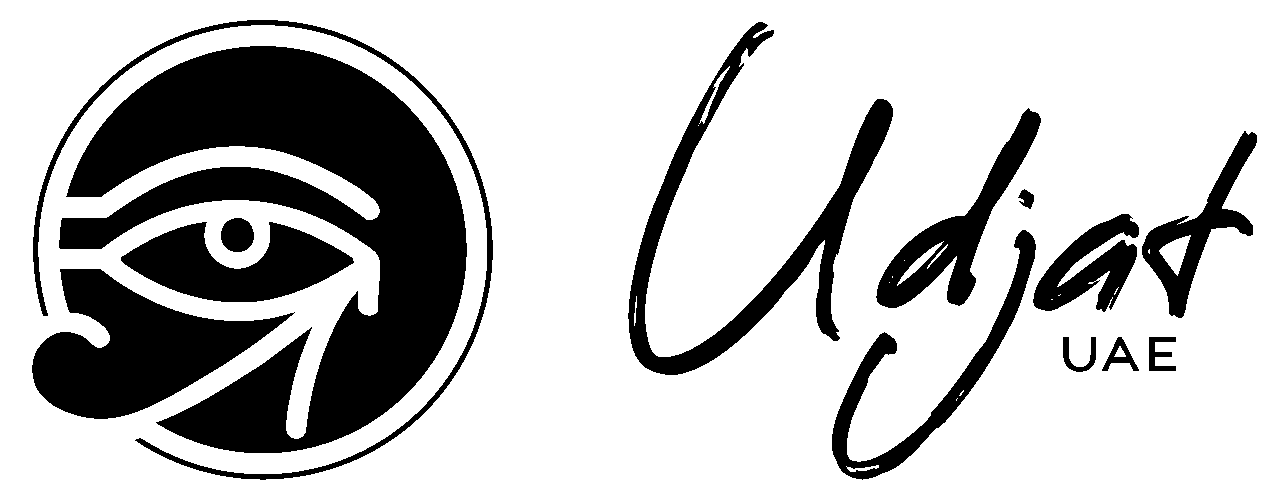Let’s cut through the noise.
Writing good copy is hard.
Writing Arabic copy that sells? Even harder.
Why? Because you’re not just translating words—you’re transferring emotion, culture, rhythm, and intent.
And if you get it wrong, your brand doesn’t just sound awkward—it sounds inauthentic, cheap, and worst of all—forgettable.
Arabic is a rich, poetic, emotional language.
But too many marketers treat it like a direct clone of English.
And that’s why most Arabic ads fall flat, sound robotic, or—let’s be honest—feel like they were written by someone who doesn’t actually think in Arabic.
Today, we fix that.
The Big Mistake: Translation Is Not Copywriting
Let’s get this clear:
Copywriting ≠ Translation.
If your entire Arabic marketing strategy is just “translate the English ad into Arabic and call it a day,” you’re burning budget.
Example:
English: “Book your free consultation today!”
Literal Arabic: “احجز استشارتك المجانية اليوم!”
Sounds fine, right?
But it lacks urgency. It lacks voice. It lacks the local rhythm that makes people feel like you get them.
Now try:
“اترك بياناتك وخلّي أول خطوة علينا.”
Feels smoother. Feels like someone real is talking.
That’s the game.
You don’t translate ads.
You transcreate them.
That’s copywriting—with cultural intelligence and emotional resonance.
History Lesson: The Persuaders of the Past
Let me take you back to the Abbasid era.
Writers like Al-Jahiz weren’t just authors—they were persuaders. They knew how to mix logic, poetry, and rhythm to influence minds.
Sound familiar?
That’s what great Arabic copywriting still does today.
It combines:
Fiqh of language
Flow of poetry
Firepower of direct response
No fluff. No filler. Just message-market resonance that moves people to act.
Tip 1: Dial into the Dialect
Modern Standard Arabic (الفصحى) is great for formality, news, and documentation.
But if you’re selling perfume, real estate, food delivery, or car repair in Dubai?
You’d better know when to switch to Khaleeji or local dialect.
Example:
“Delivery in 30 minutes or less” is okay.
But “يوصلك قبل ما تطلبه!” feels human, colloquial, and shareable.
You’re not writing for a language exam.
You’re writing for attention, emotion, and conversion.
Tip 2: Write Like You Talk (To One Person)
Arabic is deeply personal.
It’s a language that thrives on connection.
So stop shouting to the masses with stiff, generic headlines like:
“نحن نقدم أفضل الحلول لجميع عملائنا.”
Instead, say:
“تحتاج حل؟ تعال نجرب سوا.”
You’ve just shifted from corporate wallpaper to a friend in the room.
And guess what? Friends sell better than vendors.
Tip 3: Use Rhythm and Repetition
Arabic loves flow.
That’s why poetry dominated Arab culture for centuries—it sticks.
So use:
Parallel sentence structures
Repetitions that reinforce meaning
Emotive triggers like: “ليش تضيع وقتك؟” or “مافي أسهل من كذا.”
You’re not just writing words.
You’re writing music for the brain.
Tip 4: Think Visually—Even with Words
Arabic readers process visuals quickly, just like anyone else.
But here’s the kicker: Arabic script itself is visual.
Curved. Flowing. Full of emphasis.
That means:
Break up long paragraphs
Use short lines
Add space and emphasis using punctuation, dashes, or line breaks
Example:
Instead of:
نقدم حلولاً مبتكرة لأعمالكم من خلال خدماتنا المتكاملة التي تشمل التسويق الرقمي وإدارة الحملات وتحسين محركات البحث.
Try:
تسويقك ماشي؟
أو واقف مكانه؟
خلينا نحرّكه بخطة تفصيل، مش تخمين.
Better?
Yep. It looks better. And that means it’ll perform better.
Tip 5: The Call to Action Isn’t a Command—It’s an Invitation
In Arabic, tone matters.
“اشترِ الآن” might sound like an aggressive sales pitch.
But “خلّينا نبدأ مع بعض” feels like a warm, confident guide.
Sales happen when people feel safe, seen, and certain.
So stop yelling at your audience to “Buy Now.”
Start inviting them to a better version of themselves.
Final Word: Arabic Copywriting Is a Superpower—If You Treat It Like One
This isn’t just about spelling or grammar.
It’s about empathy, economy of words, and emotional precision.
When done right, Arabic copy doesn’t just inform—it transforms.
It bridges trust. It builds authority. It creates desire.
And most importantly—it sells.
So here’s your cheat sheet:
✅ Don’t translate—transcreate
✅ Use dialects when appropriate
✅ Write like you talk
✅ Lean into rhythm, flow, and emotion
✅ Make the reader feel, not just think
Because in a market as multilingual, competitive, and fast-paced as the UAE—Arabic copy isn’t a checkbox. It’s your edge.
Author

He's a talented Project Director @Brightery, studied in different colleges and working with Udjat UAE as CMO, writes in Project Management, Marketing, Digital Marketing and technical software development.






